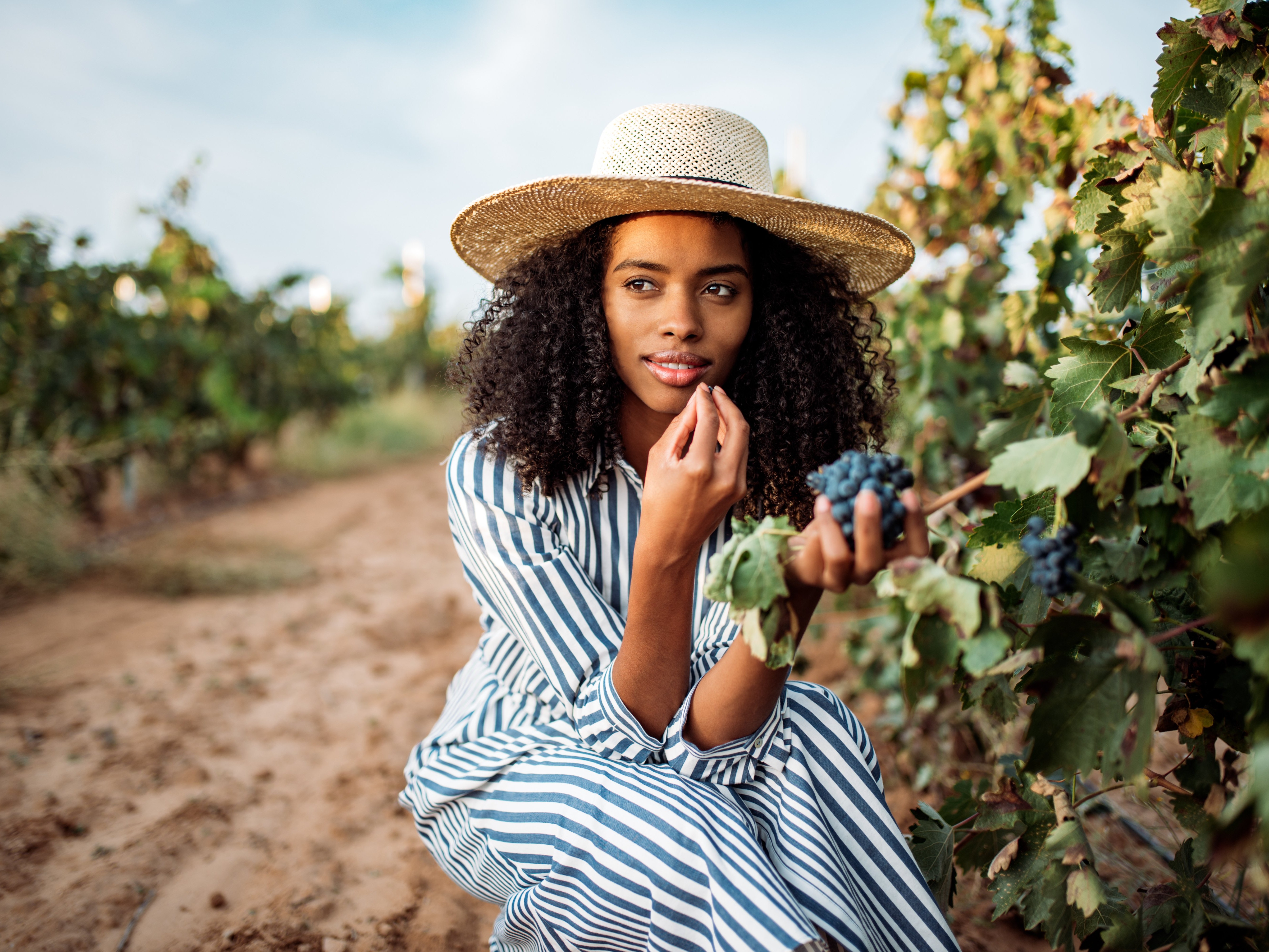Share this!
The Perfect Botswana Travel Guide
If you are a first-time visitor to Africa or a furst-time safari adventurer, then Botswana is just the place for you. With a bounty of wildlife and an amazing landscape, Botswana captivates the wildlife and nature enthusiast in you with its sheer beauty and wildlife concentration. It is a wonderful paradise just waiting to be explored.
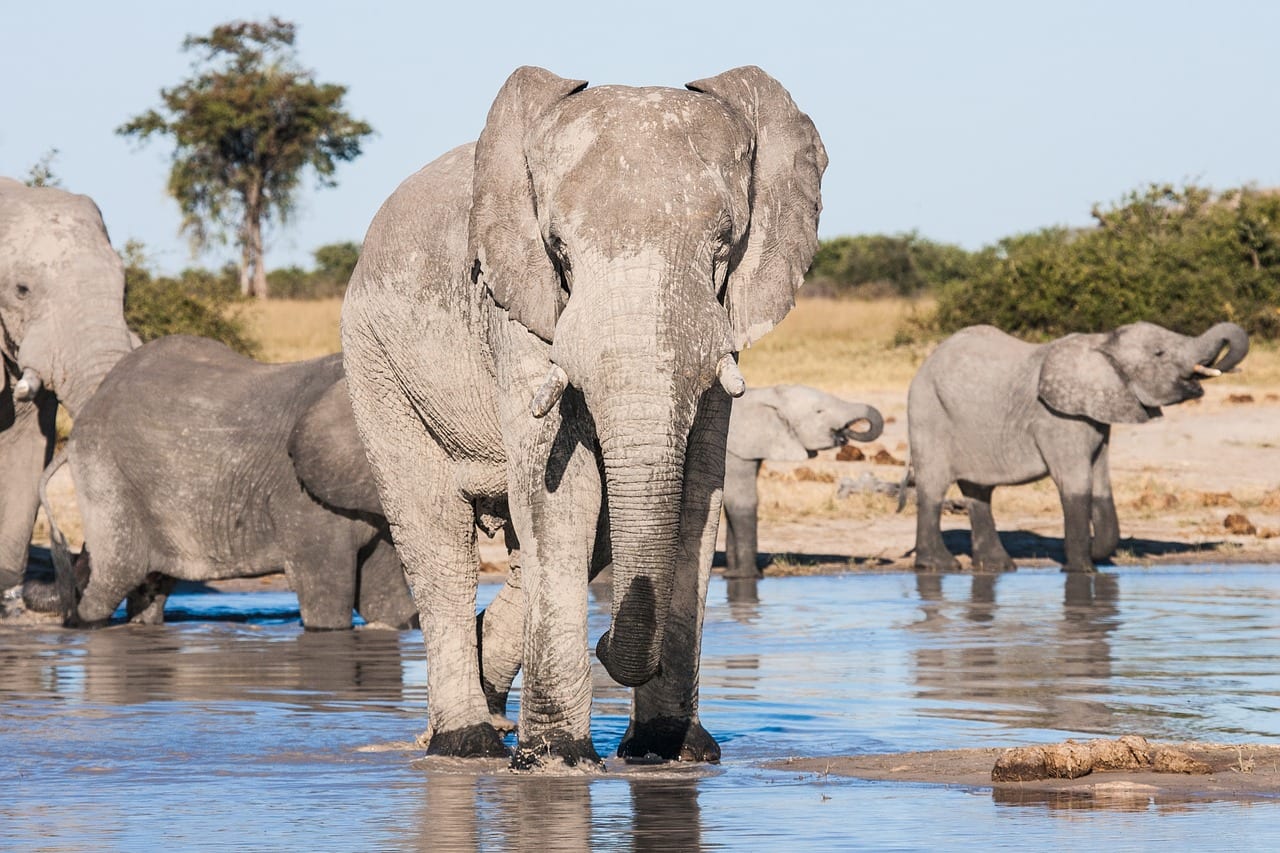
The rich economy and political stability is a major draw for wannabe Africa travelers. Botswana is one of the fastest growing nations in the world, largely because of its diamond and mining industry and upscale tourism. Its focus on low-volume high-value tourist segment makes it an attractive destination for an immersive bespoke adventure or a secluded, romantic safari.
A Land of Contrasts – the Desert and the Delta
Botswana is a landlocked country defined by endless stretches of the Kalahari Desert and a large swampy inland delta, the Okavango. The country’s reserves and delta are flush with wildlife, making safari experience all the more memorable with continuous sightings. This is the only country in Africa where you can actually stay in the midst of wildlife and experience it up-close on-the-go, whether next to your tent or from your canoe.
When to Go
Botswana is a topographically flat country with little variation in the climate. Although it is hot and arid for most part of the year, rains occur during the summer months of January and February. April to October is the best time to visit Botswana, when the winter skies are clear, the days warmer and the nights cool. Game viewing is a rewarding experience as wildlife comes together around the flooded waterholes and deltas.
Where to Go

Botswana has a unique refugee crisis that comes from the elephant. As the country takes poaching seriously, with an anti-ivory trade position, elephants feel more secure in Botswana lands. So you will find herds of elephants coming in to Botswana from neighboring regions. The concentration of elephants is so high that authorities feel it puts a lot of pressure on the environment. With over 130,000 wild elephants, Botswana has Africa’s largest population of these large mammals.
Botswana is the place not only for elephants, but also a great variety of wildlife. You can expect more wildlife sighting per square km than any other place in Africa, that too up-close! This is why Botswana is the also the preferred destination for wildlife documentary film makers.
The Okavango Delta
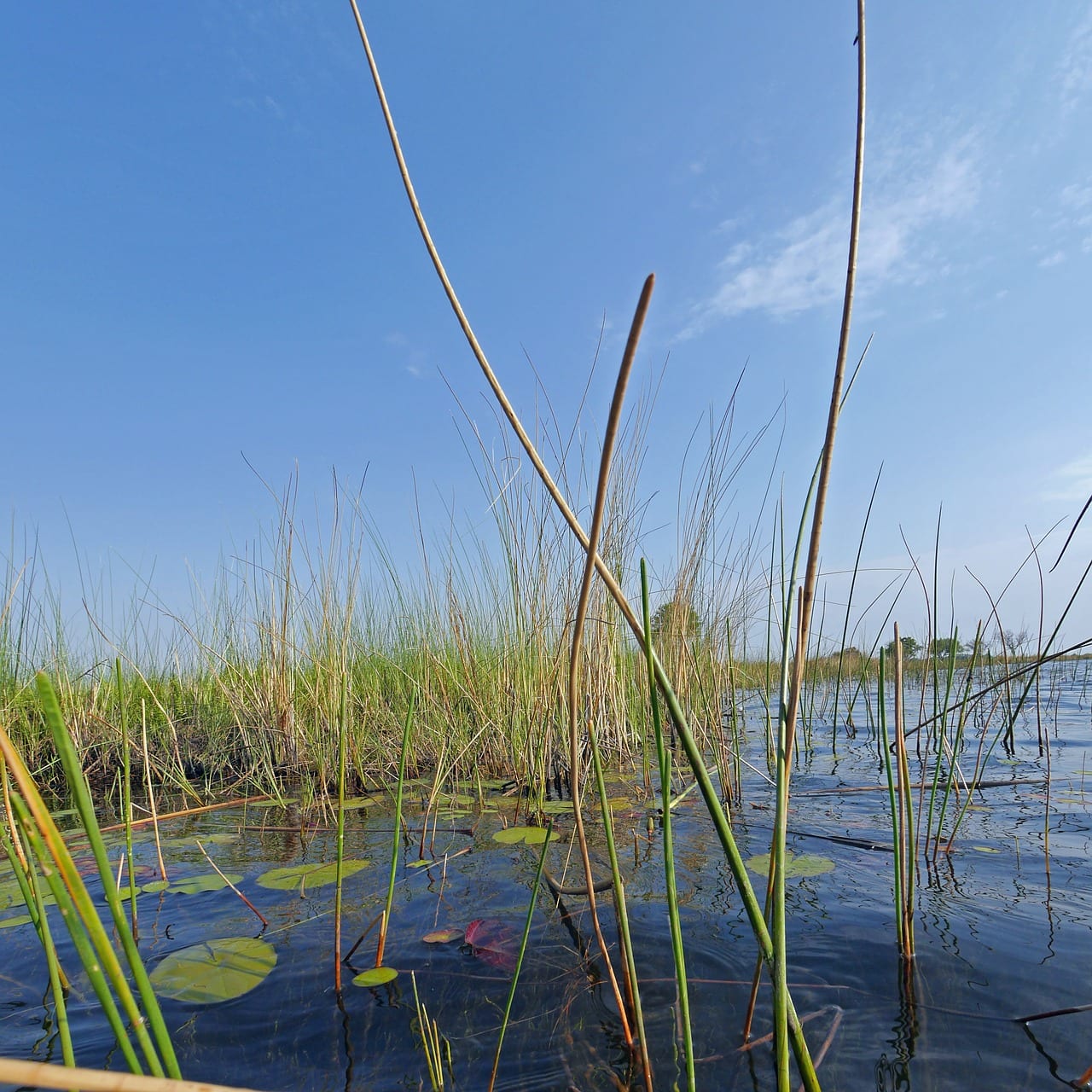
If you are short of time, or want to focus your safari adventure on a single region, then the Okavango Delta is the place to go.
The Okavango is Africa’s biggest oasis, and a UNESCO World Natural Heritage Site. When you fly in from Maun, its vastness and incredible beauty will blow you away. Most likely, you will see animals on the move amidst a kaleidoscope of colours. Ten thousand miles of reed beds, water lilies and palm-tree islands of tranquillity, create a magnificent imagery that you cannot forget. Make sure to capture the views from above – an unforgettable introduction to the Okavango Delta.
The delta is also a world famous birding destination, with bird watching beginning right outside your tent. The best time to visit is May through to October, when the Okavango River floods the delta. Migrant birds and animals congregate around the water’s edge and the papyrus swamps of the delta. If you are an adventure enthusiast, the Okavango delta will give you the ultimate high with bird watching, game viewing, photography, walking safaris and canoe safaris. The traditional Mokoro canoe is the best way to experience the delta, its vegetation and wild life. What’s more, you can enjoy the sights and sounds of birds, elephants, buffalo herds, lions, leopards, right from the sun deck of your riverside lodge. The Okavango is indeed the ultimate safari experience for any newbie or seasoned adventurist!
Chobe National Park
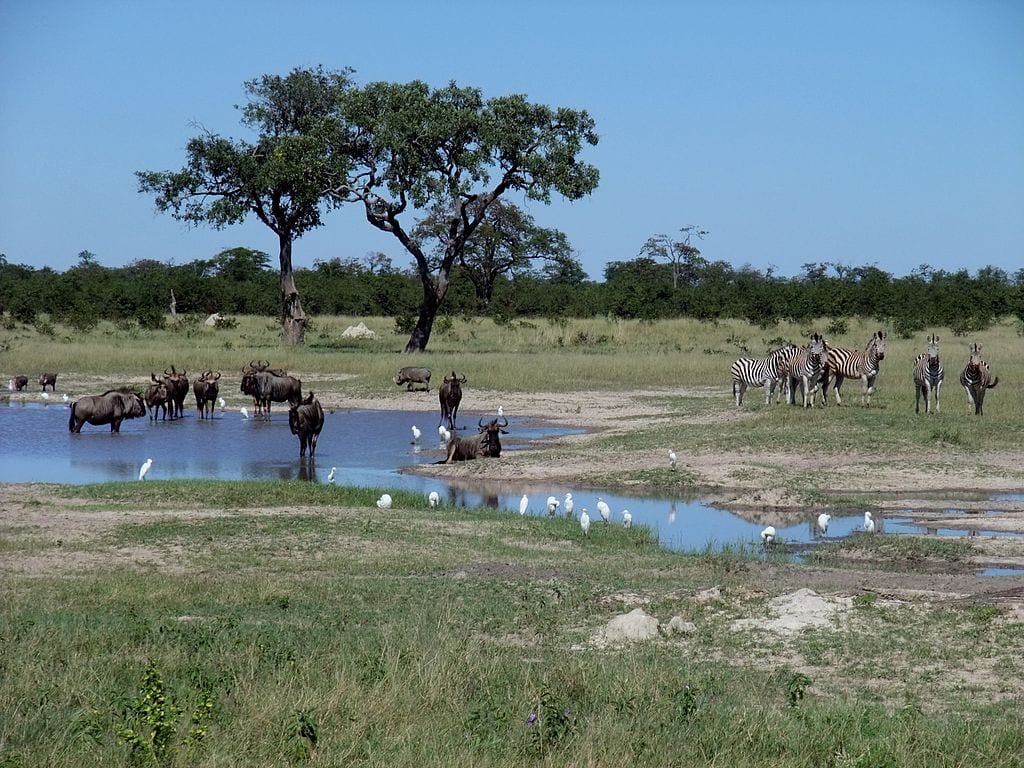
Chobe National Park enjoys the sobriquet, The Land of Elephants, because of its largest elephant population in Africa. It is also home to the massive Kalahari elephants that you will not find elsewhere in Africa. The Park has the largest game concentrations of elephant, lion, leopard, zebras, buffalos and antelopes. Stay at a luxury accommodation overlooking the Chobe River, and get around on four-wheel drives or boats to see crocodiles, elephants and other wild life at close quarters. Chobe records more than 460 bird species, which makes it the perfect site for bird watching, by boat or road.
Mashatu Game Reserve

Mashatu Game Reserve, is The Land of Giants, for its population of tall and large animals like the elephants, giraffes, lions, leopards, large antelope species of the eland, large birds like ostrich and heavy flying birds like the kori bustard. Even the huge baobab trees dominate the landscape. This is also where you can expect to see the leopard every day of the year!
Go for traditional wildlife drives, indulge in mountain biking, horseback riding, walks and animal tracking with specialist researchers.
The vast and remote Central Kalahari Game Reserve is for the more adventurous game enthusiasts, as it has plenty of wildebeest, hartebeest, eland and giraffe spread across the semi-arid savannah. Another remote destination to check-out is the Gcwihaba Caves, an underground labyrinth of caverns and passages with a unique ecosystem endemic to the site.
On the way back from Maun, make a stopover at the Khama Rhino Sanctuary for some rhino tracking experience with the rangers.
What to Do

Botswana offers you some of the most exciting and immersive safari and nature adventures. You can take a traditional four-wheel drive in the tall grass, or experience the rich diversity of the delta by a motorboat or canoe.
The routes follow ancient animal migration trails with a potential surprise around each bend, turning the safari into a truly life-altering experience.
Guided Safari tours are the best way to experience the wild life and natural beauty of Botswana. These include luxurious stays alongside rivers and swamps for an unforgettable adventure. Self-drive safaris are more common amongst wild life documentary film makers who want to capture the animal trail around every bend.
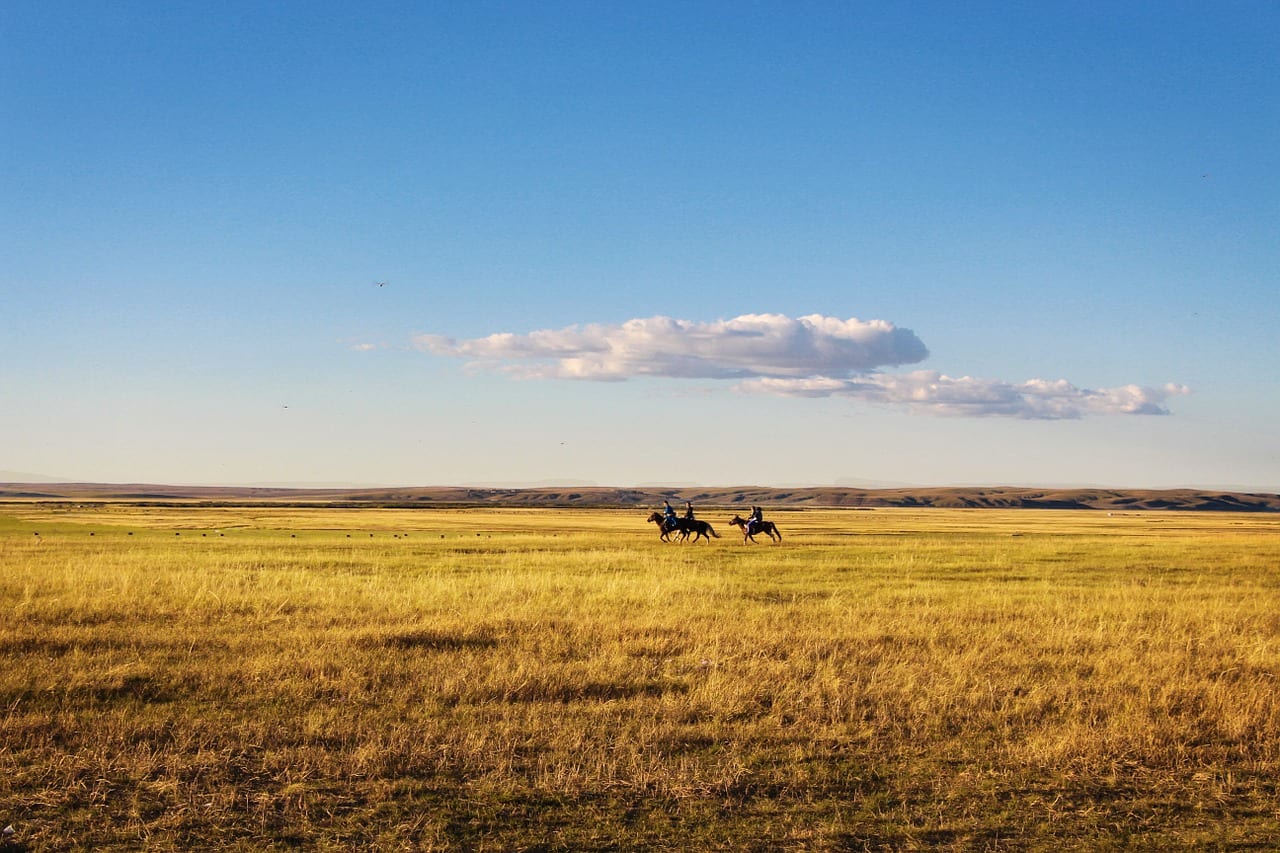
If you have a natural seat, then horse-riding is the best way to experience wildlife in its natural habitat. Guided horse safaris are extremely popular in Botswana, with lean groups for a more customized adventure. Canter alongside a tall giraffe, watch herds of wildebeest as they move across the flood plains, listen to the splash of a crocodile nearby, and get as close to nature as you will ever get.

Boat safaris are the best way to see wild life up-close along the rivers and swamps, particularly along the Chobe. However, the native mokoro safari in the Okavango delta is a must-do. Perform the perfect balancing act and glide through the still waters and reed beds in stealth, to experience the wilderness of Africa as never before.
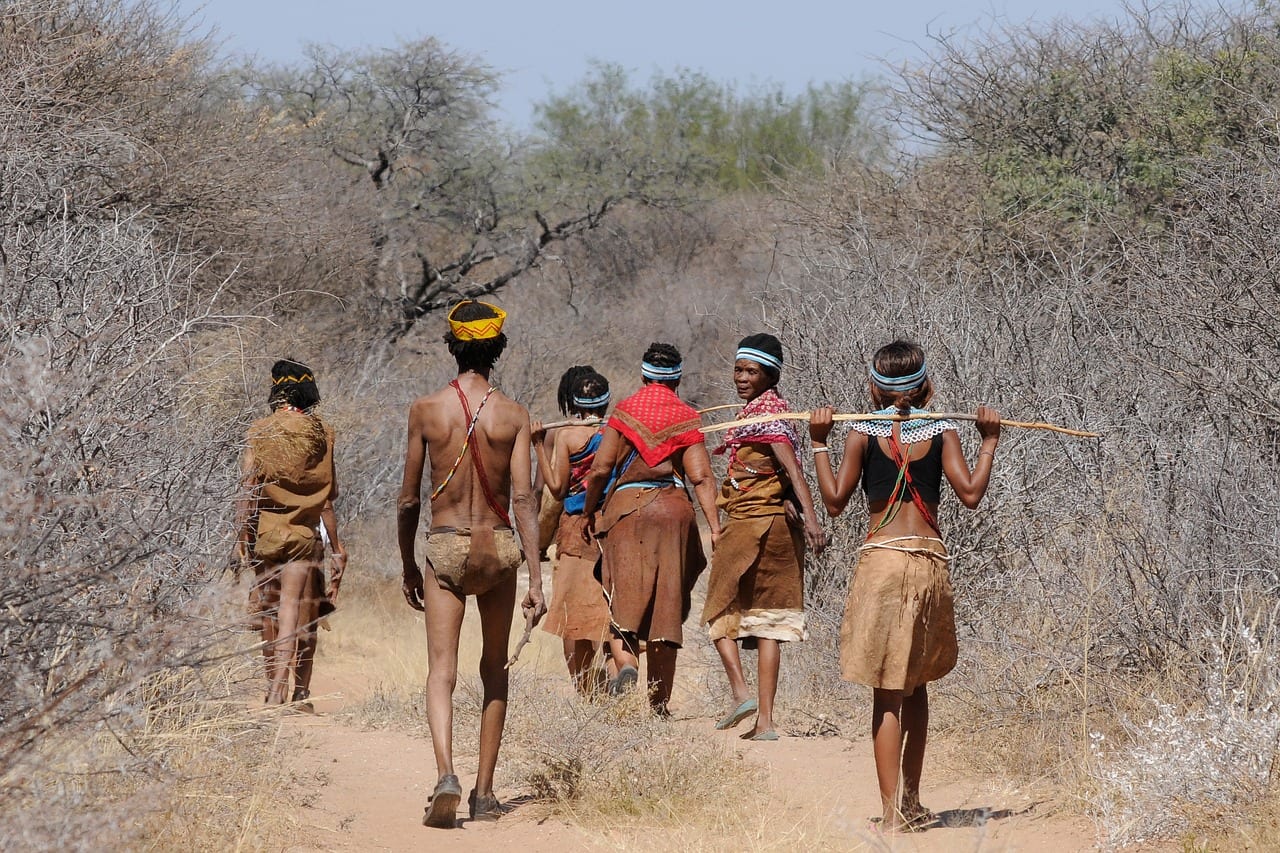
Tswana is the major ethnic group, along with San and other indigenous ethnicities. Although, the official language of Botswana is English, the Bantu language Setswana is widely spoken. Tribes continue to live a traditional life away from the cities, in contrast with the modern pulse of the urban areas.
Botswana cuisine is quiet distinctive. It is high on proteins; from beefs, meats to mopane worms and fish. Other food unique to Botswana is the pap (a maize porridge), samp (made of corn kernels), vetkoek (a fried bread), seswaa (a traditional meat dish), and boerowors (sausage from assorted meats). The marula fruits, lerotse and watermelons are also endemic to Botswana. Use of cereals like sorghum, maize, wheat, rice and peanuts, is similar to other African cuisine.
Music
Botswana’s soulful music uses more of stringed instruments and less of drums, which makes it quite different from the usual African music. Setinkane (a Botswana version of miniature piano), phala (a whistle), and the phathisi are other Botswana instruments. Over the recent decades, the guitar has found prolific use with rock, pop, jazz and classical dominating the urban music landscape.

Botswana is the biggest producer of diamonds in the world. Make a point to shop for diamonds – loose diamonds, fancy shaped and colored diamonds – to craft your own bespoke jewelry, gift a dear one or make a cool profit from sale. Check out a major diamond store at Gaborone, like the De Beers. Nowhere else will you find cheaper and wide variety in cuts and colors, as in Botswana!
The Botswana Tourism Organization is the country’s official tourism group.
[amazon_link asins=’1780094310,B004EPK4OY,1786570394,B01ABE70RA,B00LB7REFK,B002QMAEWY,B00DVIF9JA,B01LY3QXGP’ template=’ProductCarousel’ store=’dawebsite2017-20′ marketplace=’US’ link_id=’a00a1872-c0e1-11e7-af98-2d1489a9e3ee’]






